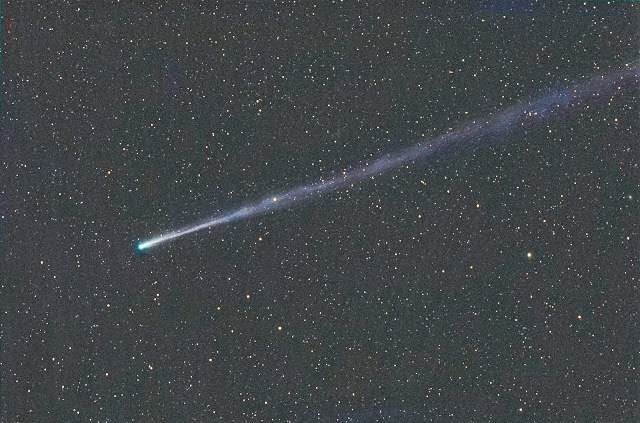On 19 November 2013, sunspot AR1897 erupted with an X1 solar flare. A wave of ionization was recorded in the upper atmosphere over Europe, Africa and part of Asia, according to Spaceweather.com.
X-CLASS SOLAR FLARE: Sprawling suunspot AR1897 erupted on Nov. 19th (10:26 UT), producing an X1-class solar flare. NASA's Solar Dynamics Observatory recorded the explosion's extreme ultraviolet flash. Although the sunspot is not directly facing Earth, the flare did affect our planet. Mainly, the UV flash produced a wave of ionization in the upper atmosphere over Europe, Africa and parts of Asia. A brief blackout of HF radio transmissions around the poles might have also occurred. First-look coronagraph data from NASA's STEREO-Ahead probe show a CME emerging from the blast site, but it is probably not heading for Earth.
VENUS AND NUNKI: When the sun goes down tonight, step outside and look southwest. You can't miss Venus shining brightly through the twilight. Got patience? Keep watching until the sky darkens. Venus is not alone. "Last night, Venus slid past the star Nunki (Sigma Sagittarii) in the Milk Dipper asterism in Sagittarius," says astronomy professor Jimmy Westlake, who took the picture on November 18th from Stagecoach, Colorado. "The two missed each other by a scant 12.75 arc minutes. Venus (magnitude -4.56) shines a whopping 420 times brighter than Nunki (magnitude +2)." The mismatched pair is separating now, but Venus and Nunki are still only a fraction of a degree apart on Nov. 19th.
COMET ISON'S SUPER TAIL: Comet's ISON's recent outburst of activity has done more than simply brighten the comet. Whatever exploded from the comet's core also created a spectacularly-long tail, more than 16 million kilometers from end to end. Scroll down to see the full extent of Comet ISON as photographed on Nov. 17th by Michael Jäger of Ebenwaldhöhe, Austria. "The tail of the comet stretches more than 7o across the sky," says Jäger. It's almost as wide as the bowl of the Big Dipper.
Physically, ISON's tail is about 12 times wider than the sun. So, when the head of ISON plunges into the sun's atmosphere on Nov. 28th, more than 15 million kilometers of the comet's tail will still be jutting into space behind it.
Because so much gas and dust is spewing from the comet's core, it is impossible to see clearly what caused Comet ISON's outburst on Nov. 13-14. One possibility is that fresh veins of ice are opening up in the comet's nucleus, vaporizing furiously as ISON approaches the sun. Another possibility is that the nucleus has completely fragmented.
"If so, it will still be several days before we know for sure," says Karl Battams, an astronomer with NASA's Comet ISON Observing Campaign. "When comet nuclei fall apart, it’s not like a shrapnel-laden explosion. Instead, the chunks slowly drift apart at slightly different speeds. Given that ISON’s nucleus is shrouded in such a tremendous volume of light-scattering dust and gas right now, it will be almost impossible to determine this for at least a few days and perhaps not until the comet reaches the field of view of NASA's STEREO HI-1A instrument on November 21, 2013. We will have to wait for the chunks to drift apart a sufficient distance, assuming they don't crumble first."




No comments:
Post a Comment